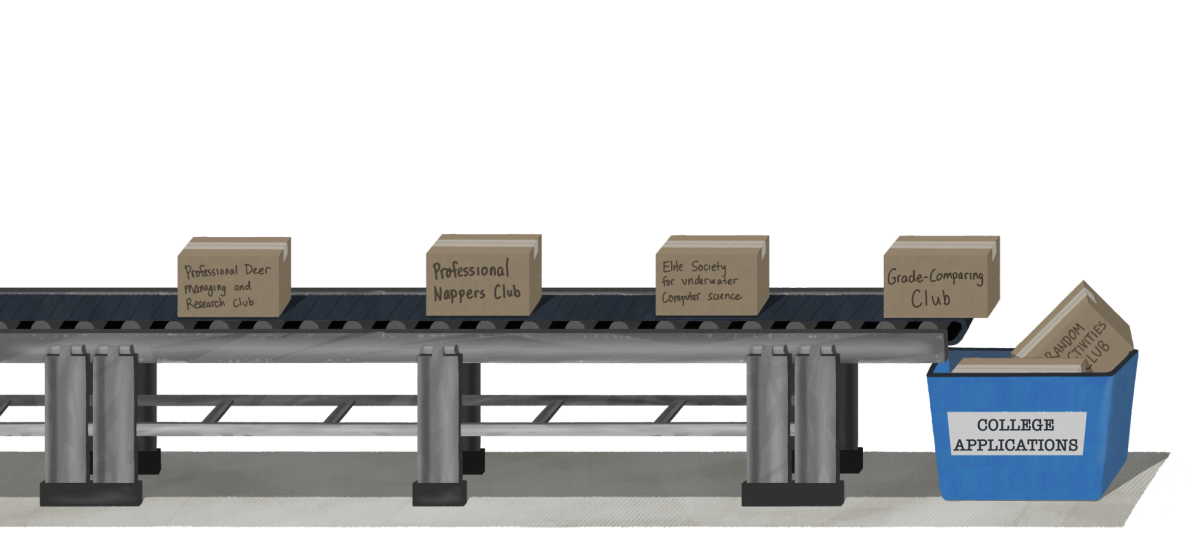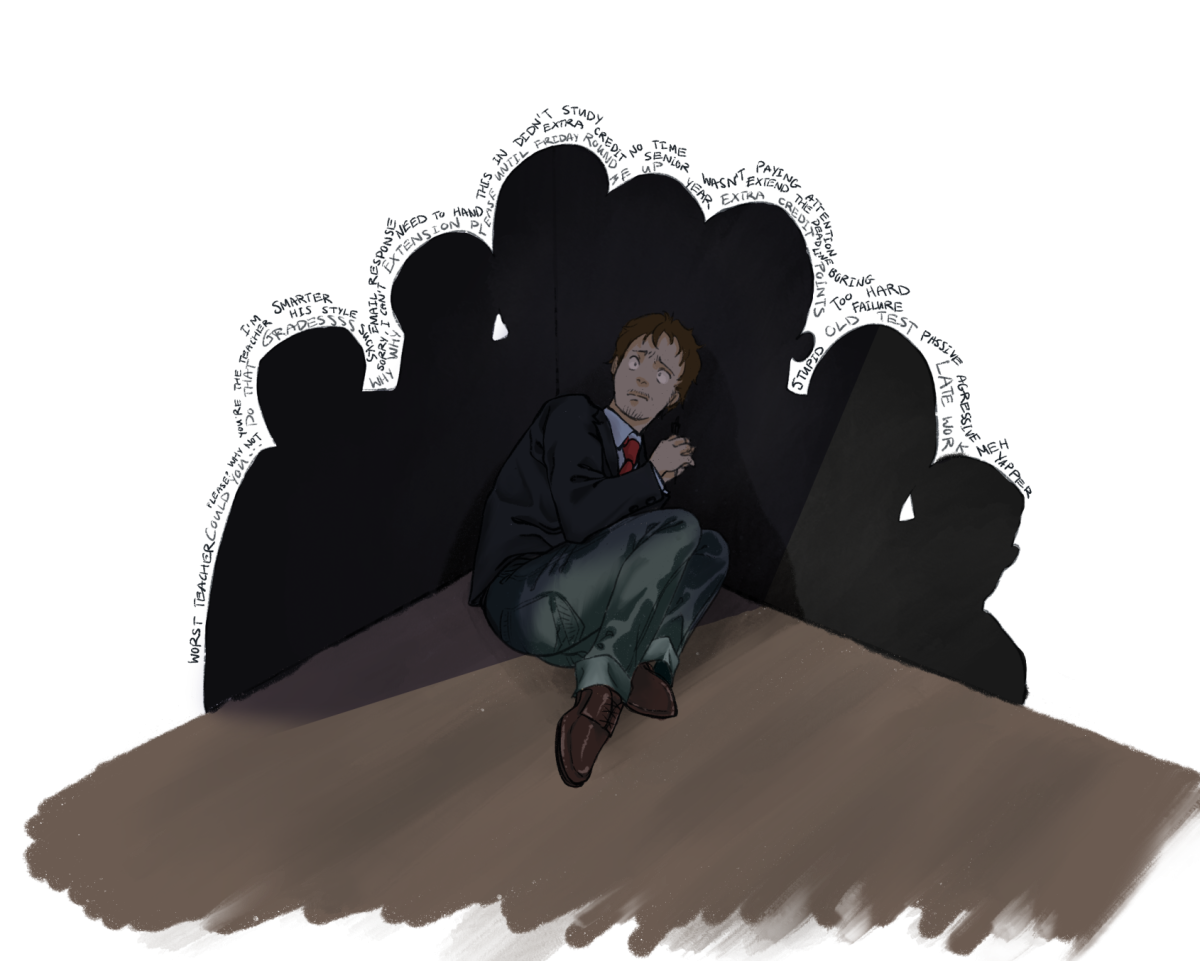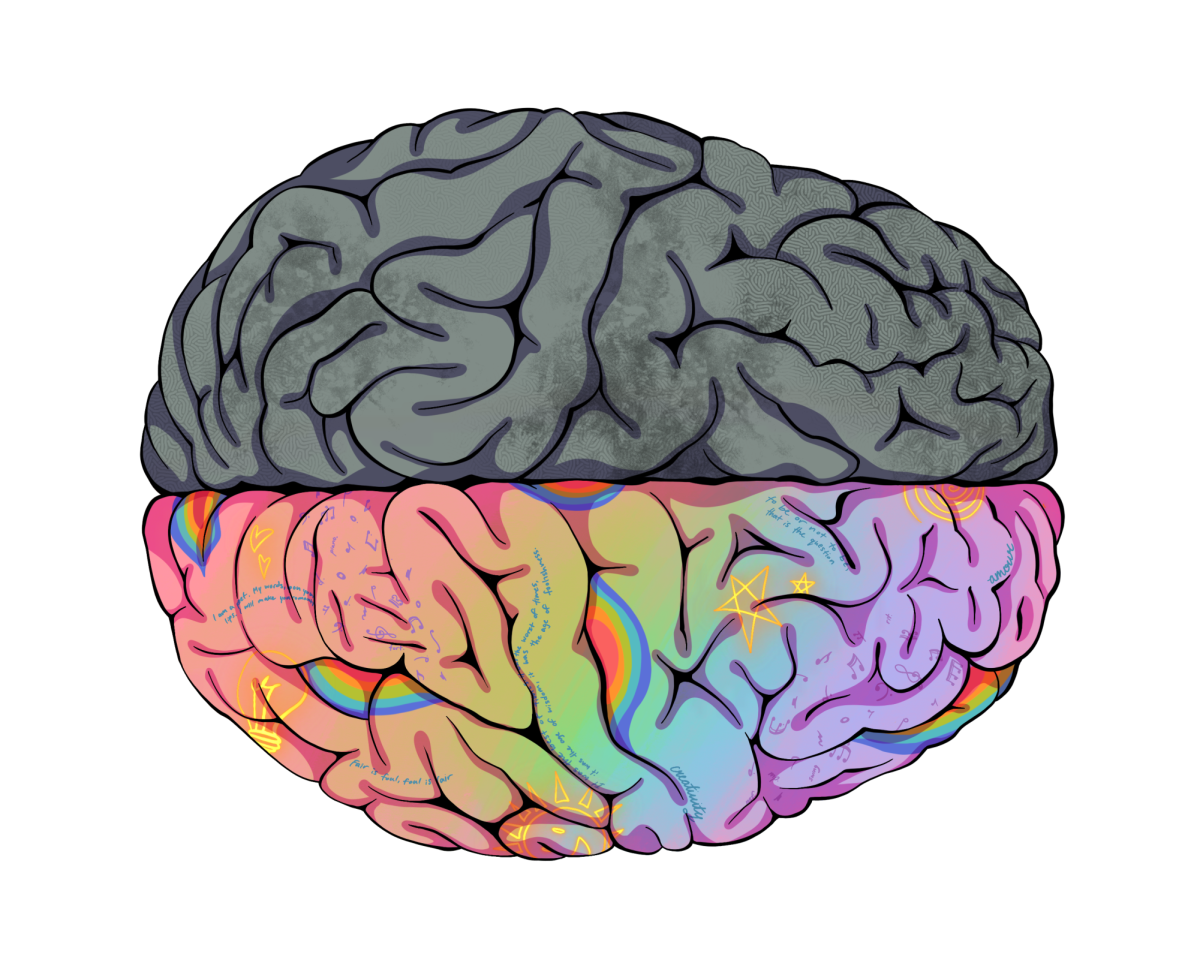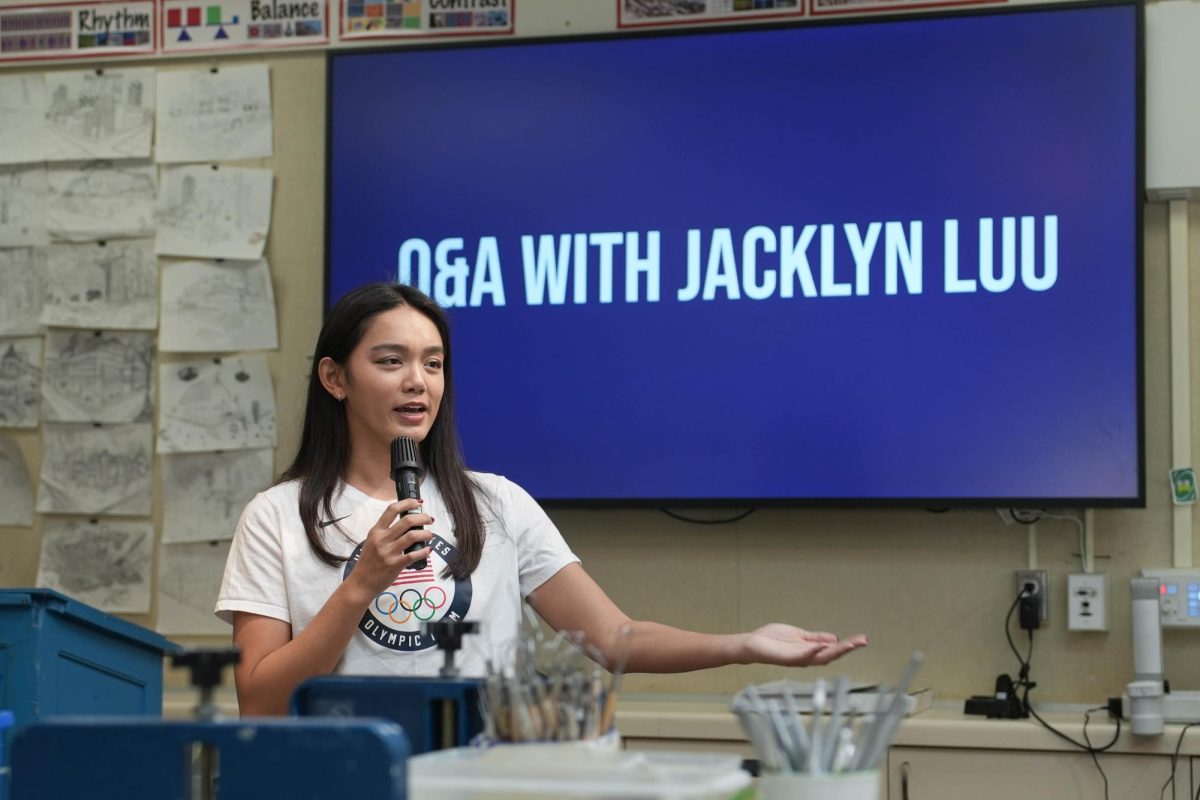Written by Stephy Jackson
Over the course of the last few months, discus- sions about politics have become increasingly polarized. The 2016 presidential election sparked political tension across the nation in the form of rallies, protests and campaigns. These tensions have been unavoidable, even in the classrooms at Gunn, raising questions about whether teachers should remain politically neutral in the classroom. Teachers at Gunn should remain politically neutral in the classroom to promote an inclusive and accepting environment on campus.
In 1996, the Governing Board of the San Diego School District banned teachers from wearing political buttons in the classroom, sparking outrage from teachers arguing that the ban violated their freedom of speech. However, the Supreme Court of San Diego ruled in favor of the Governing Board. e reasoning behind this case can be applied to the political climate at Gunn—teachers may be expressing their freedom of speech at the cost of others. In Palo Alto specifically, students who do not affiliate with the majority can feel extremely isolated when their teachers do not acknowledge their political views. According to Home Facts’ most recent poll during the 2016 election cycle, 69.7 percent of registered voters in Palo Alto are Democrats, 28.2 percent are Republican and the rest are independent. Due to the population divide between political parties in Palo Alto, those affiliated with the political minority often feel isolated from the rest of the community.
Following the election of President Donald Trump, the American Civil Liberties Union of Washington (ACLU) published a document of guidelines for teachers in the Freedom of Speech in the Classroom. On the topic of the First Amendment, the ACLU published that, “What you say or communicate inside the classroom is considered speech on behalf of the school district and therefore will not be entitled to much protection.” In other words, when Gunn teachers are in the classroom, they are representing the Palo Alto Uni ed School District (PAUSD). Therefore, when teachers choose to express their personal, non-neutral views on politics, they are actually speaking on behalf of PAUSD and overstepping their boundaries.
Teachers who do not remain politically neutral in the classroom are not only potentially suppressing the freedom of speech of others but are also abusing their position of authority. e role of teachers is to teach students how to think, not what to think. A crucial skill that students should learn is how to form their own political views based on their own morals and perspectives on politics. Instead of using their position of authority to promote a political bias, teachers should use their authority to promote political awareness from a neutral standpoint and encourage tolerance of all political views. In order to achieve this objective, teachers cannot impose their political agenda on students. Teachers do not have to avoid politics altogether: they should just
remain neutral if talking about politics during instructional hours.
An important method of teaching politics is to understand difference between ignorance and neutrality. Ignoring politics can lead to political apathy or unawareness. Furthermore, when teachers promote a biased environment in the classroom, students who do not agree with the majority could be singled out or judged by both their classmates and teachers. Remaining neutral means that teachers teach politics in a way that incorporates all perspectives into the lesson and facilitate an inclusive environment to all political views so that no student feels isolated in the classroom. For example, if the topic of gun control is brought up during class, teachers should not make any references to their own political views; rather, they should make an effort to incorporate all facts and perspectives regarding gun control in the U.S.
It is important however, to address the perspective of teachers who are facing this conflict between political neutrality and personal beliefs in the classroom. Many teachers across the nation have protested political neutrality in the classroom, specifically after the election of Donald Trump. In Oct. 2016, 10 Council of Chief State School Officers (CCSSO) teachers of the year published a letter to the public regarding politics in the classroom. e letter stated, “We are supposed to remain politically neutral… But there are times when a moral imperative outweighs traditional social norms. ere are times when silence is the voice of complicity. This year’s presidential election is one such time.” It is understandable that teachers feel that their freedom of speech is violated when they cannot express their own views in their classroom. Sometimes, when talking about moral or ethical issues, topics can turn into political discussions very easily. Teachers should be aware of this change when it occurs and make sure all perspectives are included into those discus- sions. Remaining politically neutral specifically means that teachers should refrain from explicitly expressing support for a political party, political candidate or piece of legislation. Additionally, teachers should not be making casual references during instructional hours to their own political views. e point of this article is not to impede teachers’ freedom of speech: it is to make sure that teachers are aware of the importance of political neutrality in the classroom. Politics are only going to get more and more polarized as time goes on unless we do something about it. Unless we can teach ourselves and teach others to have productive and professional conversations about politics without isolating others. No one is asking teachers to be silent. Teachers do not need to be silent, they need to be neutral. Neutrality is not equivalent to complete ignorance.





















